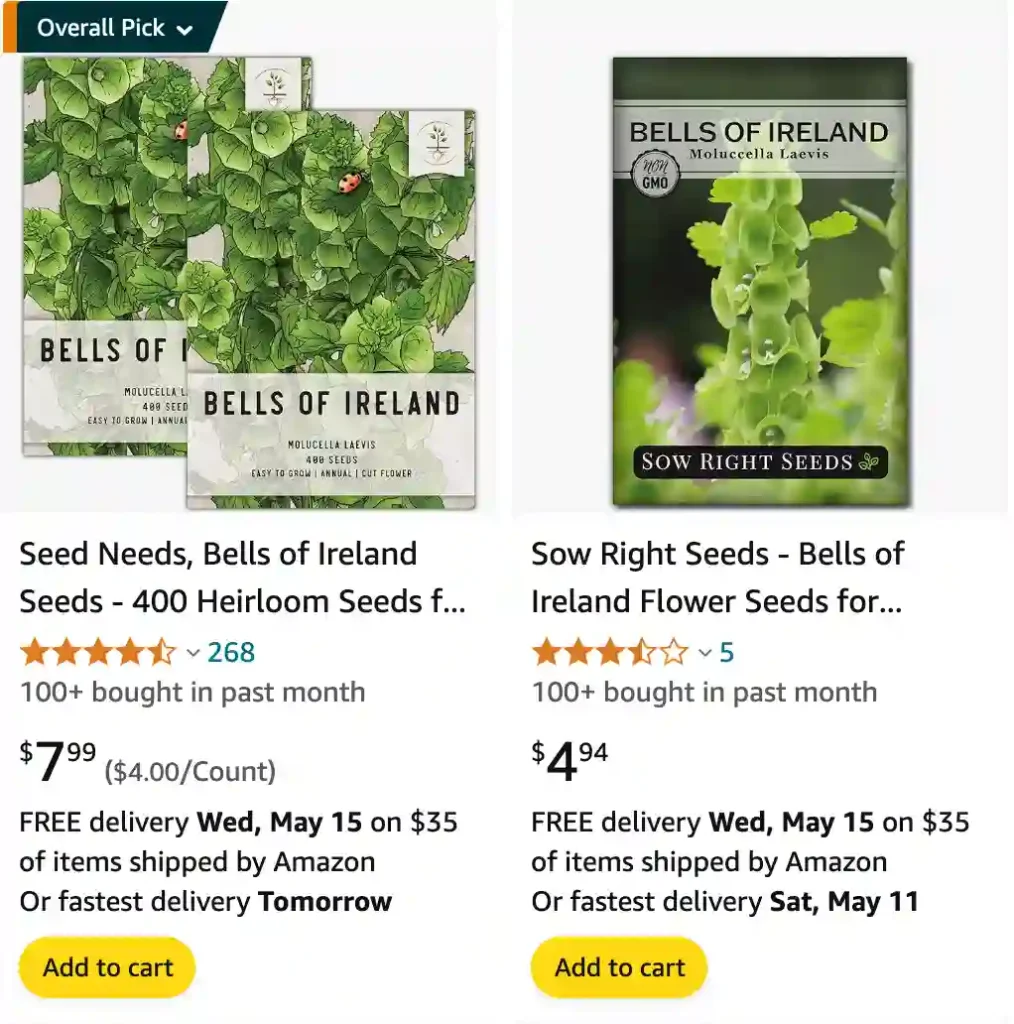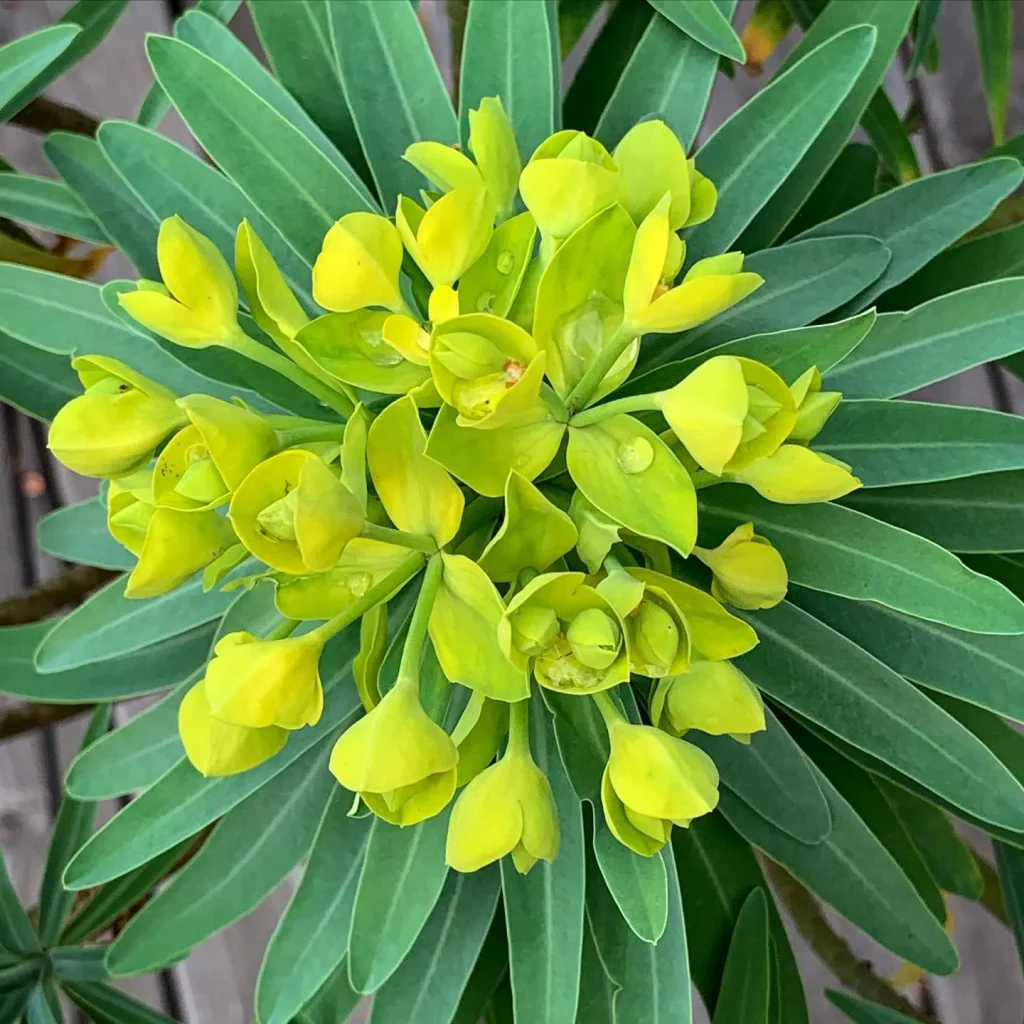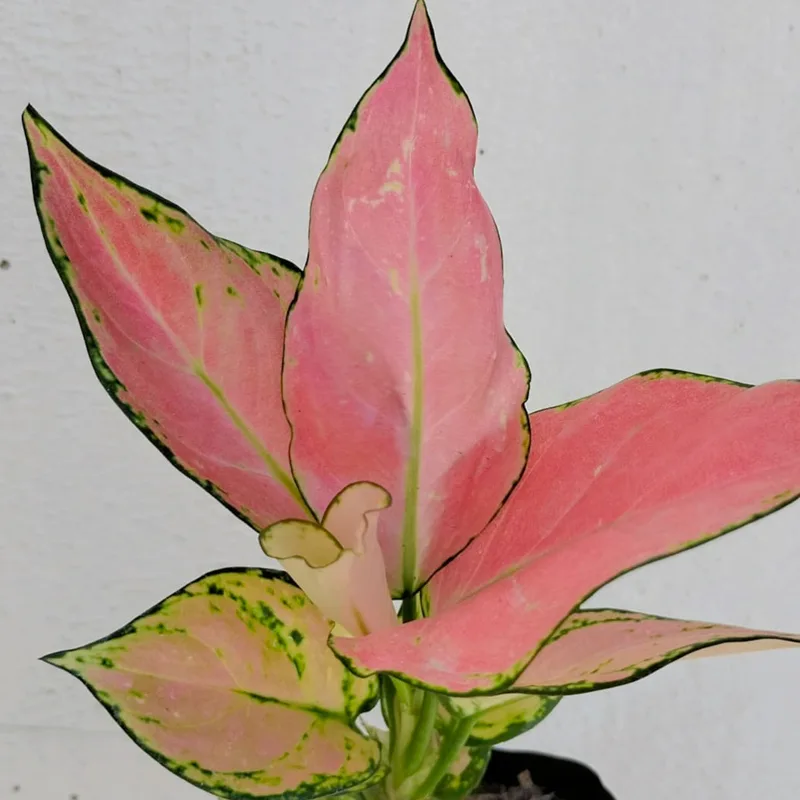
How to grow bells of Ireland?
Growing bells of Ireland is a delightful experience that requires attention to detail and patience. Start by preparing a well-draining soil and sowing the seeds about 1/4 inch deep. Keep the soil consistently moist but not waterlogged, and place them in a sunny location. As they grow, provide support for the tall stems to prevent them from flopping over. Regularly deadhead spent flowers to encourage continuous blooming throughout the season. With proper care, you’ll soon be rewarded with beautiful green spikes adorned with charming bell-shaped blooms.
Are bells of Ireland cut and come again?
Yes, bells of Ireland are cut and come again, which makes them a fantastic addition to flower arrangements. When harvesting, snip the stems just above a leaf node, and new growth will emerge from the remaining stem. This allows you to enjoy their unique beauty both in the garden and indoors without depleting the plant.
Are bells of Ireland poisonous?
As far as I know, bells of Ireland are not considered poisonous to humans or pets, which adds to their appeal as a garden plant. However, it’s always wise to exercise caution and keep them out of reach of curious children or animals just to be safe.
Are bells of Ireland annual or perennial?
Bells of Ireland are typically grown as annuals in most regions, meaning they complete their life cycle within one growing season. While they may self-seed in some areas with mild winters, treating them as annuals ensures a consistent display of fresh, vibrant foliage and blooms each year.
Are bells of Ireland deer resistant?
One of the great benefits of bells of Ireland is their deer resistance. In my experience, deer tend to avoid these plants, making them a reliable choice for gardens in areas where deer browsing is a concern.
Are bells of Ireland edible?
While bells of Ireland are technically edible, I personally wouldn’t recommend consuming them. Their bitter taste and tough texture make them more suitable for ornamental purposes rather than culinary use. However, some sources suggest that the young leaves can be used sparingly in salads for a slightly peppery flavor.
Can you dry bells of Ireland?
Yes, you can dry bells of Ireland for use in dried flower arrangements or crafts. Simply cut the stems when the flowers are fully mature but before they start to decline. Hang them upside down in a warm, dry location with good air circulation. Once fully dried, they’ll retain their charming green color and can be used in various decorative projects.
Do bells of Ireland self seed?
Bells of Ireland can self-seed under the right conditions, but it’s not always reliable, especially in colder climates. To encourage self-seeding, allow some of the flowers to remain on the plant until they form seed heads. Then, let the seeds scatter naturally or collect them for sowing in the following season.
Do you pinch bells of Ireland?
Pinching back bells of Ireland can promote bushier growth and prevent them from becoming too leggy. You can pinch them back when they’re about 6 inches tall, removing the top growth to encourage branching. This will result in more compact plants with a fuller appearance.
How deep to plant bells of Ireland seeds?
When planting bells of Ireland seeds, sow them at a depth of about 1/4 inch in well-draining soil. Press the soil lightly over the seeds to ensure good soil contact, but avoid burying them too deeply, as this can inhibit germination. Keep the soil consistently moist until the seeds germinate, which usually takes about 10 to 14 days.
How tall do bells of Ireland grow?
Bells of Ireland are known for their impressive height, often reaching 2 to 3 feet tall or even taller under optimal growing conditions. Their towering spikes adorned with delicate green bells make them a striking addition to any garden or floral arrangement.
How to collect seeds from bells of Ireland?
Collecting seeds from bells of Ireland is relatively straightforward. Wait until the seed heads turn brown and start to dry out on the plant. Then, carefully remove the seed heads and place them in a paper bag to finish drying indoors. Once the seed heads are fully dry, shake them gently to release the seeds, and store them in a cool, dry place until you’re ready to sow them.
When do bells of Ireland bloom?
Bells of Ireland typically bloom in late spring to early summer, depending on your climate and growing conditions. The charming green spikes adorned with small bell-shaped flowers add a unique touch to the garden, attracting pollinators and delighting onlookers with their whimsical beauty.
Are bells of Ireland invasive?
While bells of Ireland are not generally considered invasive, they can self-seed under favorable conditions. To prevent them from spreading too aggressively, deadhead spent flowers before they form seed heads and remove any volunteer seedlings that pop up where they’re not wanted.
Can bells of Ireland be indoor plants?
While bells of Ireland are traditionally grown outdoors, you can certainly grow them indoors if you provide the right conditions. Choose a bright location with plenty of sunlight, and make sure to water them regularly to keep the soil evenly moist. Providing support for the tall stems may also be necessary to prevent them from leaning or toppling over.
Can bells of Ireland handle a frost?
Bells of Ireland can tolerate light frosts, but prolonged exposure to freezing temperatures can damage or kill the plants. If frost is forecasted, consider covering them with a breathable fabric or bringing potted plants indoors overnight to protect them from the cold.
If i die, water my plants!



